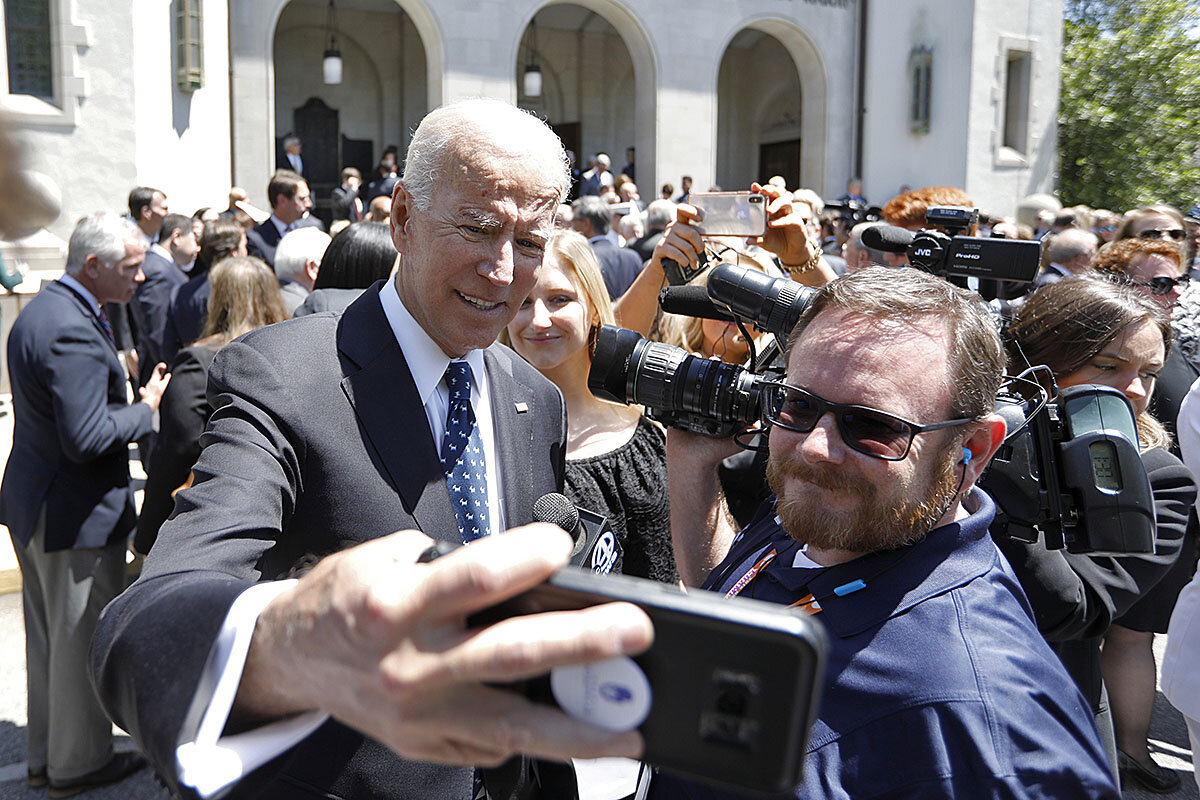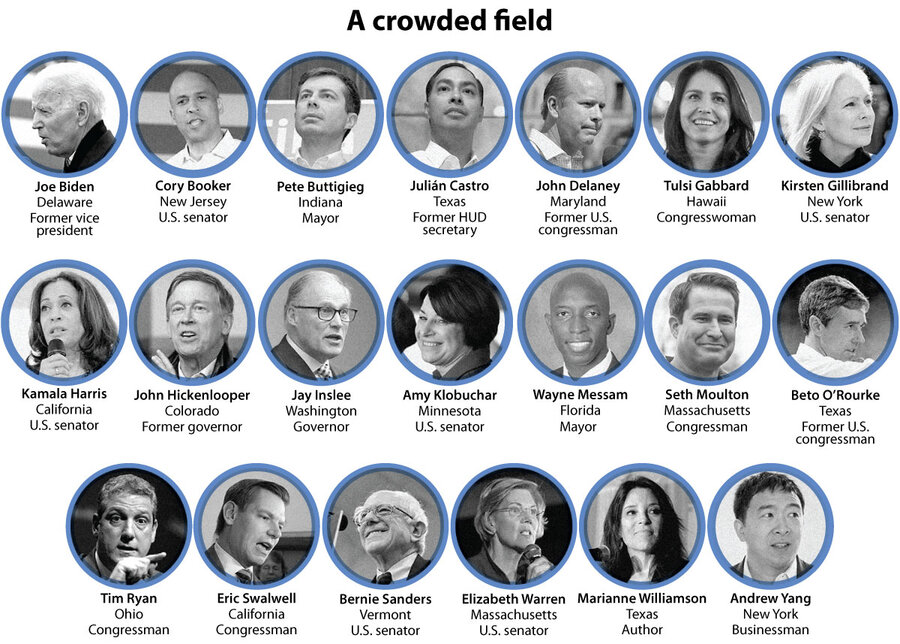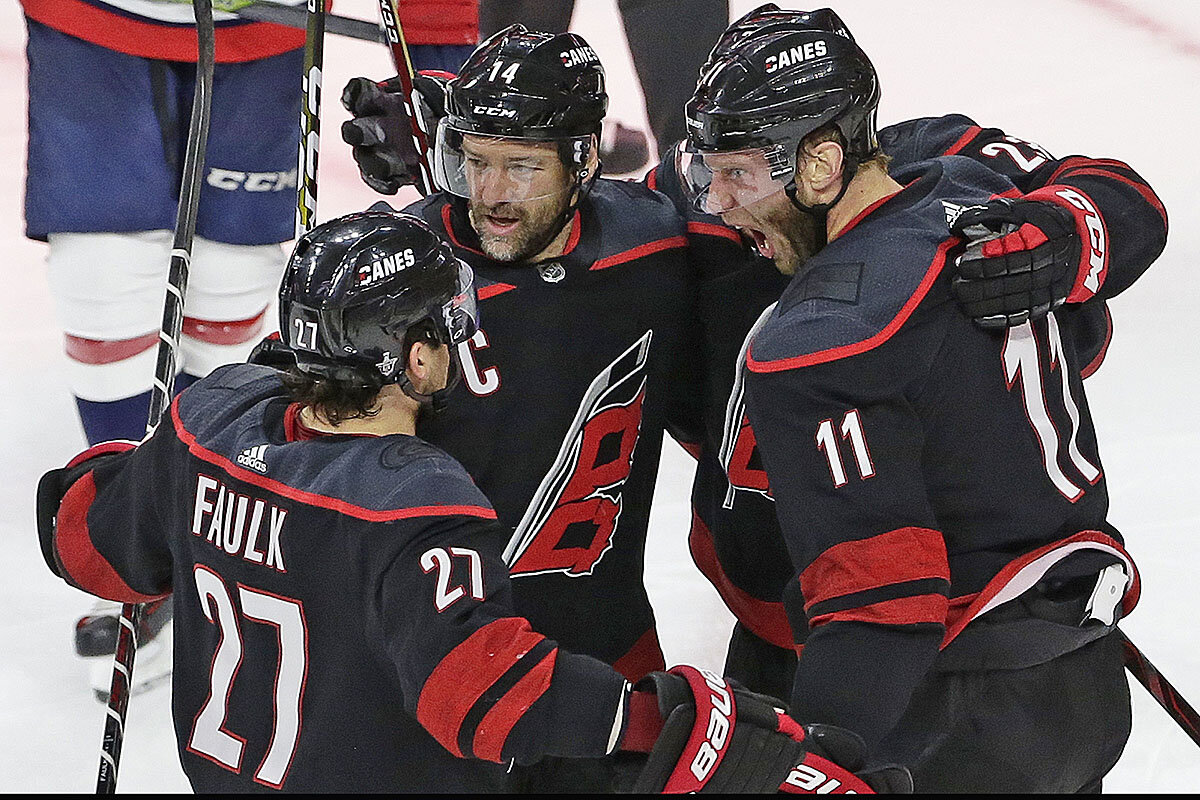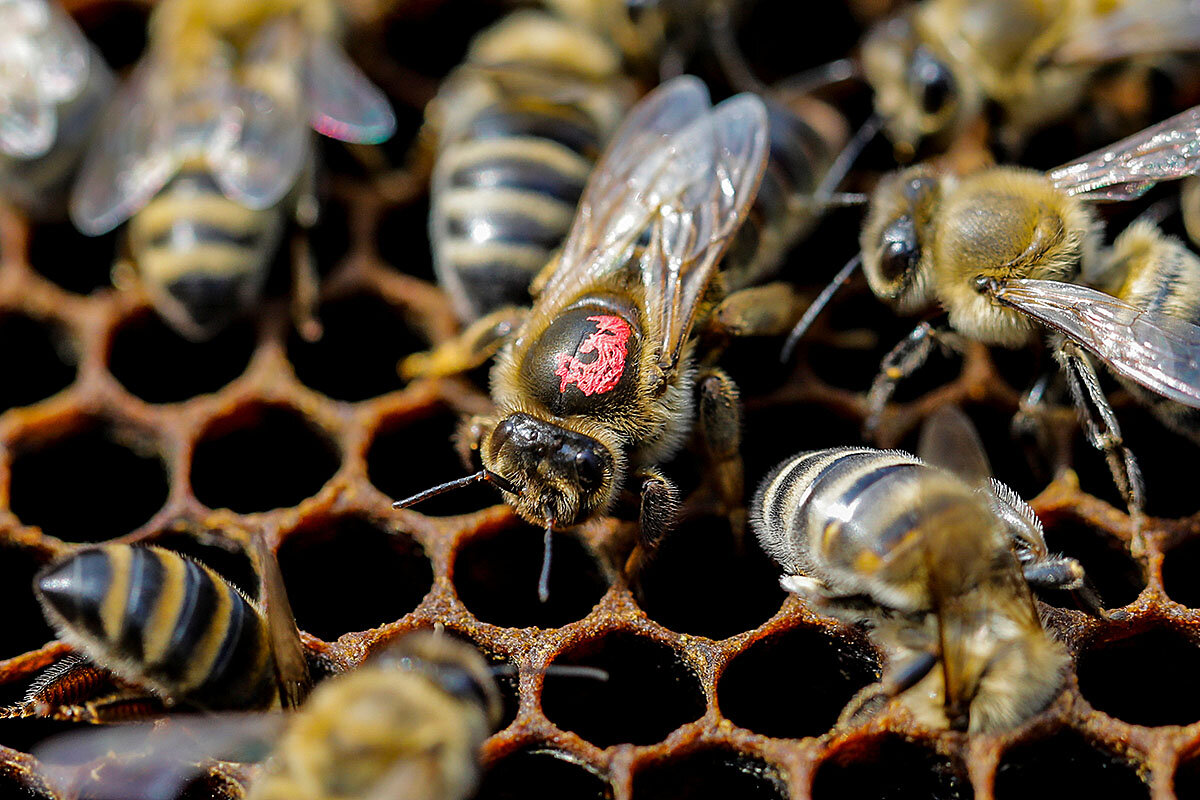Former VPs were once seen almost as presumptive nominees. While Mr. Biden has name recognition and big donors, the fundamentals in politics are shifting. Some wonder if he represents the past more than the future.
Monitor Daily Podcast
- Follow us:
- Apple Podcasts
- Spotify
- RSS Feed
- Download
 Clayton Collins
Clayton Collins
The strength of a well-functioning community can seem just … organic.
But before you arrive at a set of people who have confident agency, you need someone with a vision for creating it.
You need a local hero – or an aspiring one.
Detroit entrepreneur Raphael Wright understood what a pride-bringing community anchor a good neighborhood grocery could be. It also was not lost on him that his city – with a population that is 80% African American – had no black-owned grocery stores.
So since 2017 he’s been crowdfunding, lining up managers, and laying plans for a major store in Detroit. Meantime, he’s building a small bodega. Mr. Wright’s aim is high.
“It goes back to how you control your community,” he tells Civil Eats. “Whoever feeds you really controls you. And if we’re not in control of that – it’s bigger than just the economic consequence. We lose a piece of our culture.”
In Winchester, Virginia, Erik Jones already had a store. His Four Color Fantasies sells comic books. Mr. Jones’ view of community extends to those in his state who are illiterate, including recent immigrants. He understood how the visual storytelling that fills his shelves could be an especially accessible medium. So he approached his favorite artists at comic conventions for help in creating comics that could teach.
“The worst they could say is no,” he tells Nation Swell. “Everyone I asked said yes.” The results are now being auctioned, with bids rising and winners to be announced May 4. Benefits will go to a local literacy group. Like Mr. Wright, Mr. Jones is feeding a need – and strengthening a community.
Now to our five stories for your Thursday, looking at a peacemaking twist on the Korean Peninsula, ingenuity in opposition tactics in Latin America, and the playoff perseverance of a pro athlete.











